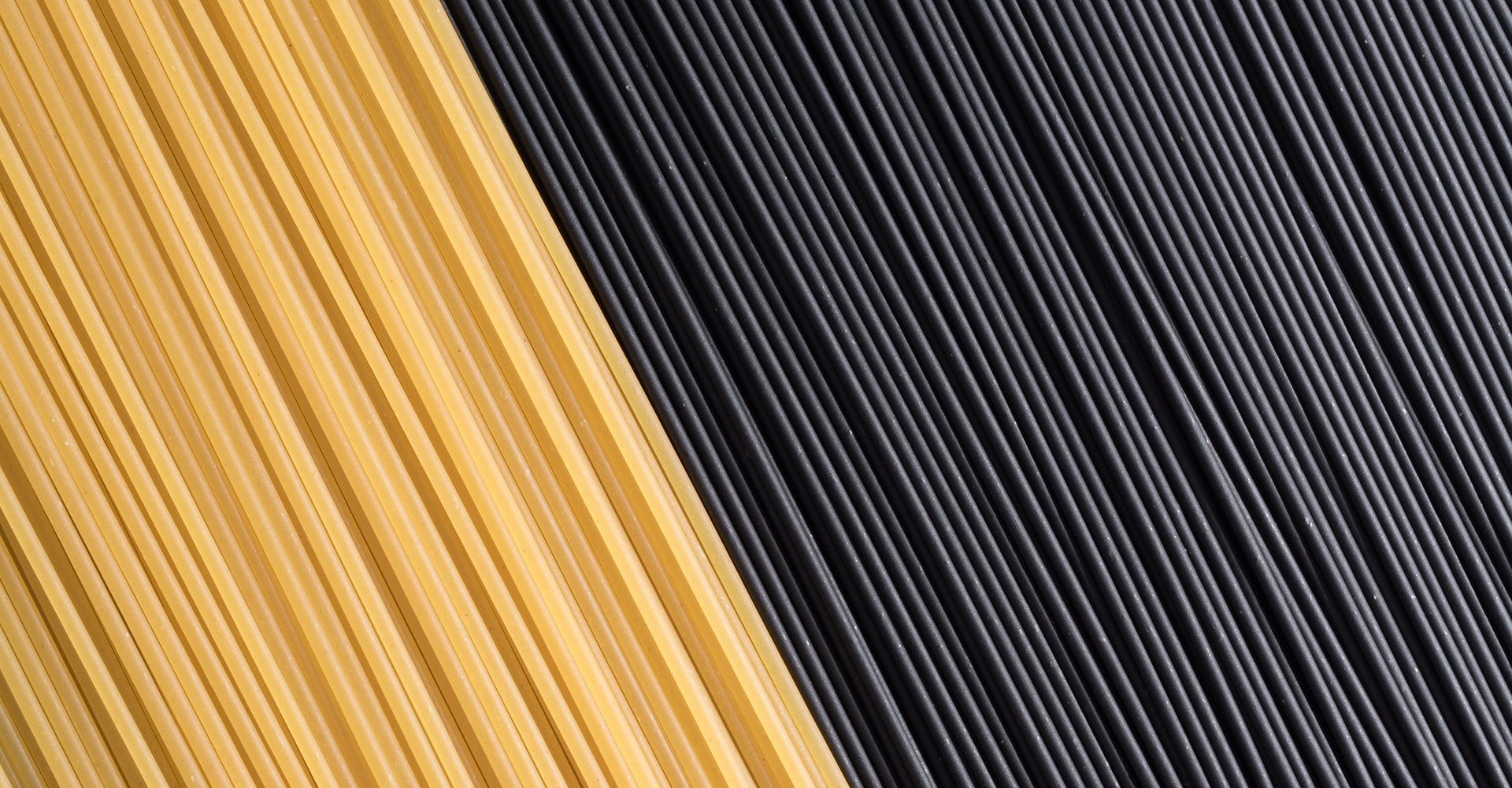Posted on November 12, 2020 in ASRC News, Nanoscience Initiative

The work appears in Advanced Materials. Rein V. Ulijn, director of the Nanoscience Initiative at the Advanced Science Research Center at The Graduate Center, CUNY (CUNY ASRC) and Albert Einstein Professor of Chemistry at The Graduate Center and Hunter College, and Ayala Lampel, assistant professor at Tel Aviv University and previously an ASRC postdoctoral researcher, are authors on the paper.

Characterization of conducting properties of the pigmented fibers was performed in collaboration with Nurit Ashkenasy, professor at Ben Gurion University of the Negev in Israel, who worked with Ulijn and Lampel at the ASRC during her sabbatical in 2019.
“These biological materials serve as inspiration for the development of new green technologies, for example biodegradable electronics. However, the laboratory-based synthesis of melanin-like materials that are useful for technological applications is still a major challenge,” Ulijn said.
Some researchers have already started taking cues from melanin molecules to create new materials, but these tend to be spherical in shape and have poorly controlled chemical structures. To make a product that could be useful in electronics, the team had to find a way to redesign the shape, to create elongated fibrillar structures more akin to wires.
The scientists were able to achieve the desired shape and properties by redesigning the precursors — kind of like the ingredients of a chemical recipe — used and giving them the ability to spontaneously assemble into long, thin shapes and, importantly, retain that shape during the subsequent oxidation process that gives rise to the conducting properties. Not only that, because these precursors and recipes are biological in nature, the new material has a minimal environmental footprint, and it has higher proton conductivity than synthetic materials that are currently in use.
“This work demonstrates once more that the use of building blocks and design principles of living systems for specific technological applications is a powerful approach,” Ulijn said. “The fact that we can use ideas and tools from biology, but by repurposing them achieve properties and functions that go beyond those found in living systems, holds much promise for the design of sustainable and biodegradable materials that can outperform currently used materials while minimizing environmental impact.”
